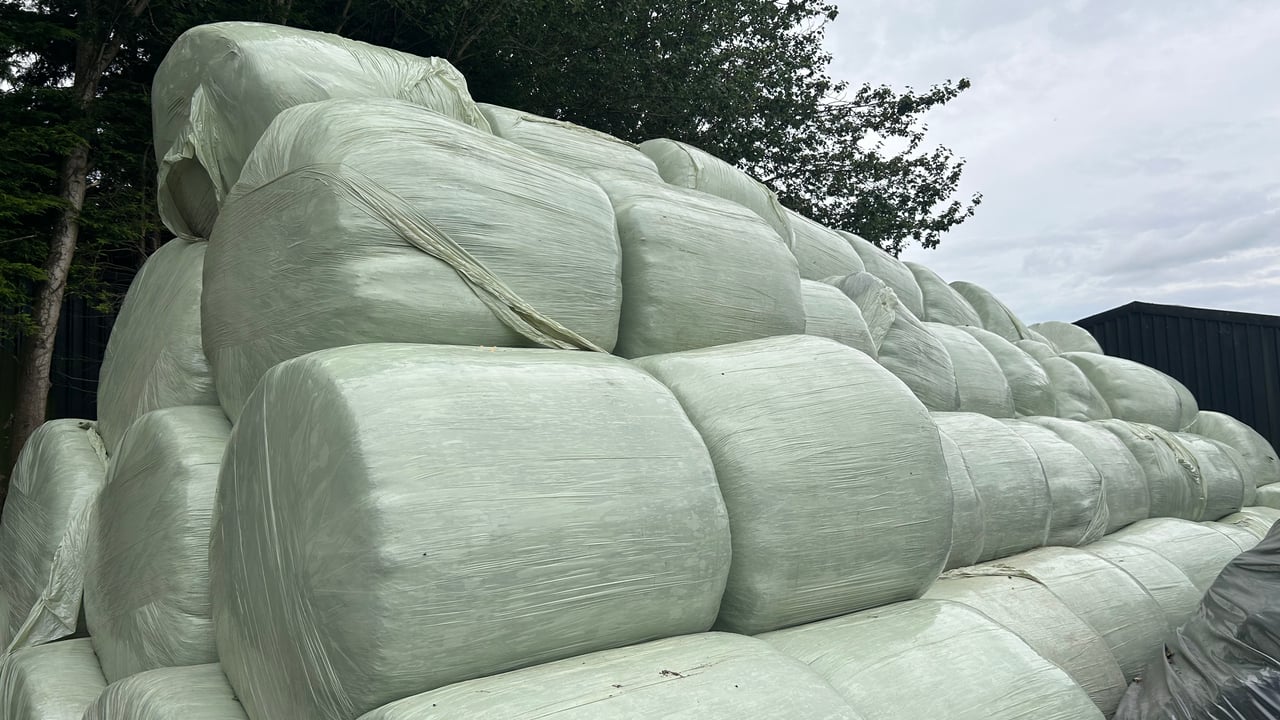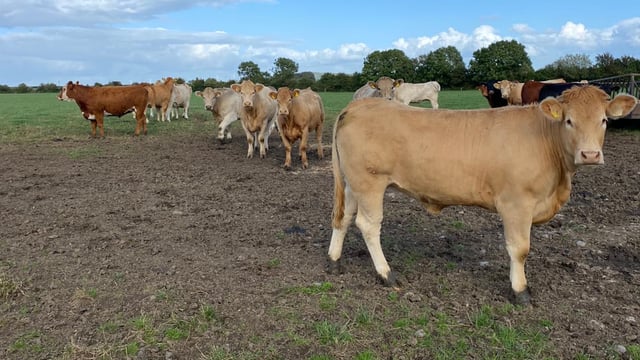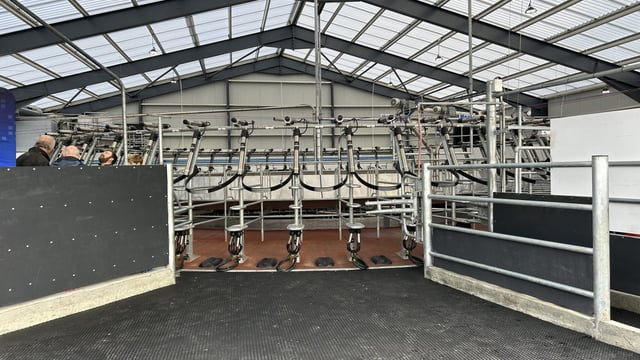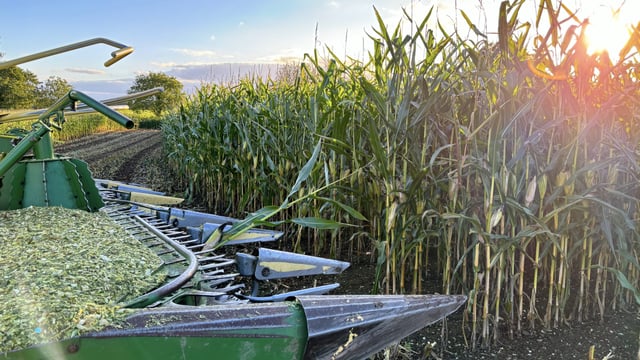Take action now if your fodder supply is tight for winter
As we all know, 2024 has not been the easiest year in terms of fodder supply and grass growth, but there are certain actions that you can still take to ensure supplies are not tight this winter.
Many farmers have taken action already, by cutting a third cut of silage in late August or September, which for many, has closed the fodder deficit gap.
However, for any farmers who are still in a fodder supply deficit, action to save or source feed is needed straight away.
Given the terrible start to spring last year, farmers need to stock up for a seven-month winter, as it would be unwise to rely on the weather coming right in February.
Waiting for prices to decrease is also be a bad idea, as you don't know whether feed will be at an acceptable price next February.
Farmers should firstly start by finding out where they are in terms of fodder supply by completing a winter feed budget.
The objective is to quantify any gap between supply and demand. This is done by gathering your stock numbers, counting bales and measuring your pit silage - aim for a 10% reserve and don't ignore small gaps in the budget.
In most circumstances, the most practical way of filling a forage gap, is with more purchased forage like pit silage, maize, bales, hay, etc.
The only problem with buying in forages, is that the quality could be poor, which will affect the performance of the herd. Test all silage in the yard and any purchased silage, so a proper feed plan can be prepared.
Offloading animals that are marked for culling now will help with any fodder deficits - this is not always a popular suggestion, but it should be considered before buying more meal.
According to Teagasc, selling five cows in mid-September will save around 60t of forage compared to culling them next March, which is significant for a farm witnessing a fodder supply shortage.
While keeping the cows out for as long as possible has its positives, farmers should not be doing it if it is hampering covers for next spring, so avoid grazing in November, as grass will struggle to grow back in wet and cold conditions.
Another factor of poor fodder supplies seen this year, was that a high proportion of farmers had cash concerns, not leaving them in a position to spend money to amend the fodder supply deficit.
Teagasc has advised to contact your advisor in positions like this.





